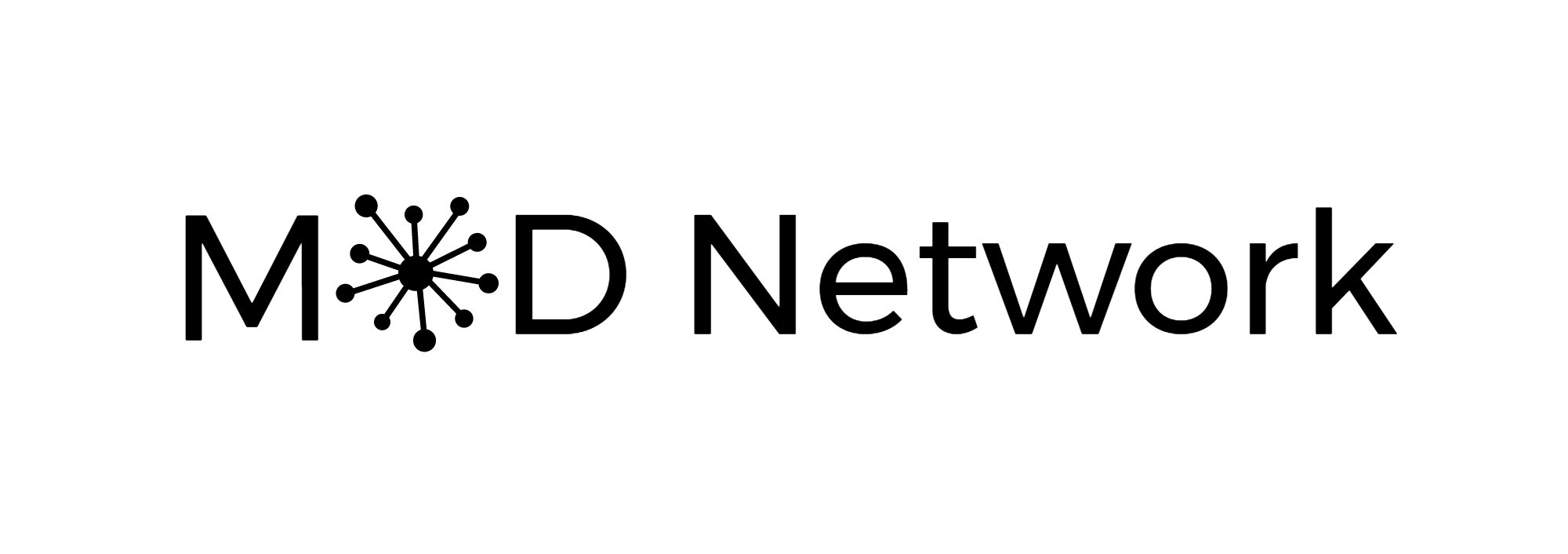Can I Offer You Some Feedback? - Episode #89
Show Notes:
Sara shares a brand new Business Bites on Decision Matrix Analysis: a systematic approach to making complex business decisions. It involves scoring options against predefined criteria and creating a weighted total to determine the best choice. This method has been used since 1960 and gained popularity as businesses sought more structured decision-making approaches. Decision Matrix Analysis can be applied to various scenarios, such as selecting a vendor or prioritizing projects. Before using this method, it is important to define clear and measurable criteria and assign appropriate weights and scores to each criterion. Subscribe for new weekly episodes! Subscribe for new weekly episodes!
Below we are offering a transcript of the podcast for accessibility and reference.
Episode #89: Business Bites: DECISION MATRIX ANALYSIS
Welcome to Business Bites. My name is Sara. This is the podcast for busy professionals who want the quick hits of business terminology, historical context, and strategies for integration. Today we're diving into Decision Matrix Analysis, which is a systematic approach to making complex business decisions.
Business Matrix Analysis is a quantitative decision-making tool, which is used to evaluate and prioritize options based on a set of predefined criteria. It involves scoring each option against the criteria and then creating a weighted total to determine what is the best choice. Now in English, it's essentially a pros and cons list. We're thinking about how and what is the criteria we want to use to evaluate each of the different aspects and then create a weighted score to really select and weight up which is the one that we want to proceed with.
Decision Matrix Analysis has been around since 1960 and gained popularity as businesses sought more structured approaches to how they would go about decision-making. It addresses complex scenarios and decision criteria by being able to break them down into more manageable contexts and comparing alternatives systematically.
Let's say you want to use Decision Matrix Analysis in your process. Perhaps you have a new vendor that you're looking to pick for a specific service or product that's offered in your organization. You may go about and say, okay, what are the criteria that's important to us? For example, we might look at cost or quality, what their reliability is, or their customer service. Each vendor then is scored against these specific criteria. Perhaps one is better for cost, but their customer service isn't great. Or their reliability is great, but their quality is hit or miss. You can then decide which is the best decision to make depending on the criteria that you've selected and how that vendor scored against it.
Or maybe you're looking to start a new project on your team. If you're choosing between multiple project ideas and don't know which one to start with, again, look to the criteria. How does it align with the goal? Do we have the right resources for it? What's the value that it might provide? Or what does the schedule demands entail? When you have all of this detail about the projects, you can then use the Decision Matrix Analysis to determine which is the best project to prioritize right now.
If you're looking to integrate this as a part of your process, there are two things to consider before you get started. The most important thing is to define the criteria. What are the criteria that are most important for your decision? As you're going through them, you want to make sure that the criteria are very clear, they're relevant to the specific task, and they're measurable so that you can give an objective analysis.
For example, a criteria of the vibes is not a helpful criteria for you to be able to determine, is this the right decision? Or it just feels right, or there's fit. Those are examples of decision-making criteria that are quite subjective and would vary from person to person. Objective criteria are things like cost. We can measure cost based on this or the timing or the sense of the project or what the outcome is going to be. Those are specific criteria that will help us go forward.
Next, it's important to think once you've identified the criteria, what are the weights and scoring for these? Not each criteria are going to have the same amount of weight. Perhaps budget matters more to you than the timeline or vice versa. It's important that those criteria are weighted appropriately. If I care twice as much about having the right resource, I might be willing to wait for that person to be available in order to do that project. Or if this project needs to be done before a certain time, I may be willing to spend more money on that initiative. Again, the scoring for each of those criteria needs to be put into effect for us to understand whether and how the total can be weighted against the value of the option. Because again, not all criteria might be equal.
This has been Sara with Business Bites. You can reach me at podcast@mod.network. We would love to hear from you on what other terminology you'd like bite-sized. As always, give us a quick rating on your platform of choice and share this podcast with a friend. We'll see you next time.
